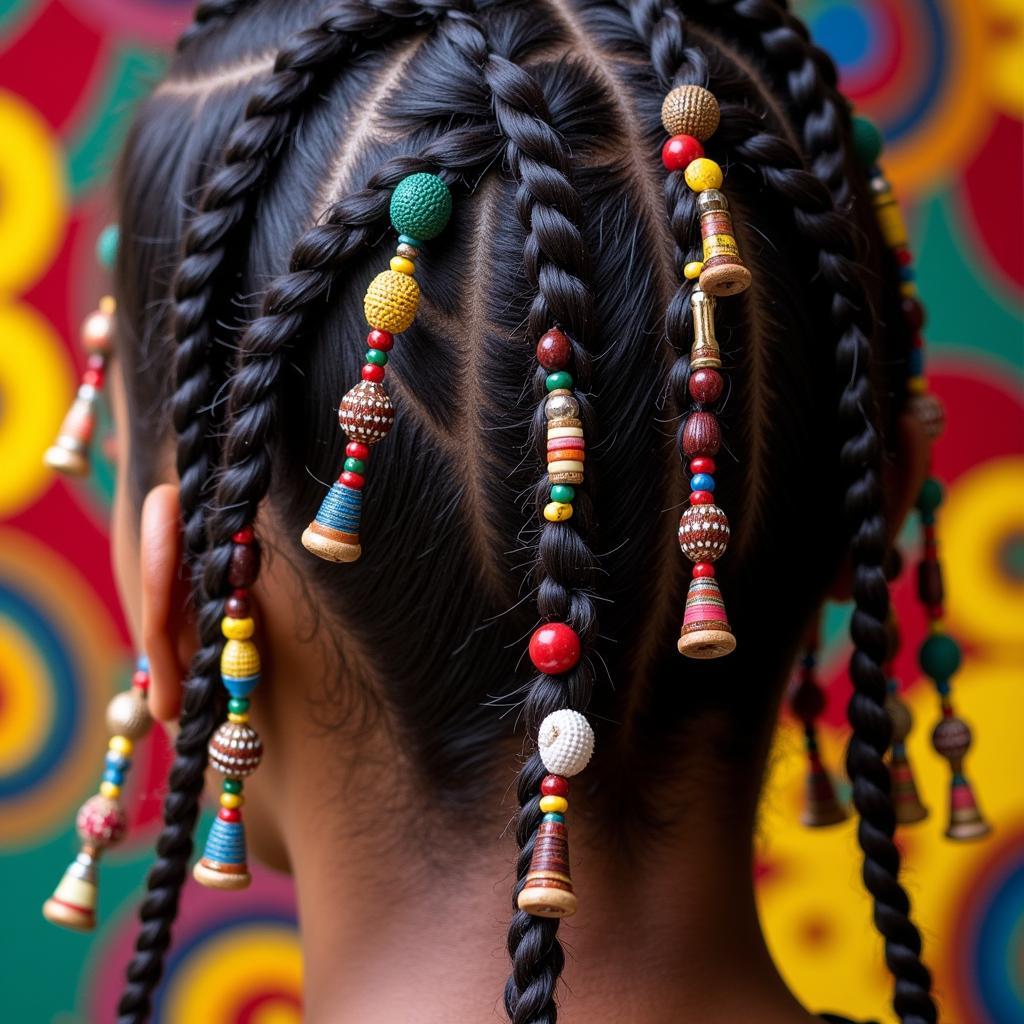African Cichlid Chart: A Comprehensive Guide to Identifying These Colorful Fish
The African cichlid is a popular and diverse group of fish, known for their vibrant colors, unique shapes, and fascinating behavior. This guide will delve into the captivating world of African cichlids, providing a comprehensive overview of their different species, their natural habitats, and key identification features. You’ll also find helpful tips on caring for these fascinating fish in your own aquarium.
What are African Cichlids?
African cichlids belong to the family Cichlidae, which encompasses a vast array of fish species found throughout the world. However, the term “African cichlid” typically refers to the species native to the lakes and rivers of Africa, particularly the Great Lakes region (Lake Malawi, Lake Tanganyika, and Lake Victoria). These cichlids exhibit incredible diversity in size, color, and behavior, with thousands of species and subspecies inhabiting these water bodies.
The Diversity of African Cichlids
Lake Malawi Cichlids (Mbuna)
- Mbuna is a term used to describe the rock-dwelling cichlids found in Lake Malawi. These fish are known for their bright, bold colors, often in shades of blue, yellow, orange, and red.
- Examples: Pseudotropheus zebra, Metriaclima callainos, Melanochromis auratus.
Lake Tanganyika Cichlids
- Lake Tanganyika cichlids are renowned for their elongated bodies and unique feeding adaptations, which include shell-crushing, algae-grazing, and predatory behaviors.
- Examples: Cyphotilapia frontosa, Julidochromis marlieri, Neolamprologus brichardi.
Lake Victoria Cichlids
- Lake Victoria cichlids are a fascinating group that evolved rapidly and display incredible diversity in their morphology and feeding strategies.
- Examples: Haplochromis sp. (many species), Astatotilapia burtoni, Pundamilia nyererei.
How to Identify African Cichlids
Key Identification Features:
- Coloration: African cichlids are famed for their vibrant colors, which can range from bright blue and yellow to fiery orange and red. The color patterns can vary depending on the species and sex of the fish.
- Body Shape: Cichlids exhibit a wide range of body shapes, from slender and elongated to round and compressed.
- Fin Structures: Their fins are often large and adorned with colorful markings or patterns, which can provide clues to their species.
- Behavior: African cichlids can have complex social interactions and territorial behaviors. Observing their interactions can be a rewarding aspect of keeping these fish.
Caring for African Cichlids
Aquarium Setup:
- Tank Size: African cichlids require spacious tanks with appropriate filtration and water conditions.
- Water Chemistry: The ideal water parameters will vary depending on the specific species of cichlid. Generally, African cichlids prefer hard, alkaline water with a high pH level.
- Substrate and Decor: A substrate of sand or gravel is suitable for most cichlids, and rocks, caves, and driftwood provide shelter and hiding places.
Diet and Feeding:
- Variety is Key: African cichlids are omnivorous and require a varied diet that includes high-quality flakes, pellets, and live or frozen foods.
- Avoid Overfeeding: Overfeeding can lead to water quality issues and health problems.
Conclusion
African cichlids are a captivating group of fish that offer a rewarding experience for hobbyists. By understanding their diversity, identification features, and care requirements, you can create a thriving and beautiful aquarium environment that showcases the beauty and complexity of these fascinating creatures.
Frequently Asked Questions (FAQ)
-
What is the best type of African cichlid for a beginner?
- For beginners, species like Pseudotropheus zebra (Malawi) and Julidochromis marlieri (Tanganyika) are known for their relatively peaceful temperament and ease of care.
-
How do I know if my African cichlids are male or female?
- Sexing African cichlids can be challenging, as some species exhibit only subtle differences between males and females. In some cases, males may develop larger fins, brighter coloration, or more aggressive behavior during breeding season.
-
What are the signs of a healthy African cichlid?
- A healthy African cichlid should have bright coloration, clear eyes, and an alert demeanor. They should be able to swim effortlessly and show an interest in food.
-
What are some common diseases that affect African cichlids?
- African cichlids can be susceptible to diseases like ich, fin rot, and parasites. Maintaining good water quality and a proper diet are crucial for preventing these health issues.
-
Where can I buy African cichlids?
- African cichlids are available at reputable pet stores, online retailers, and specialized breeders. It’s important to purchase from a source that offers healthy, well-cared-for fish.
-
Can I keep different species of African cichlids together?
- It’s possible to keep different species of African cichlids together, but it’s essential to research their compatibility and ensure they have sufficient space. It’s generally recommended to keep cichlids from the same lake or region together, as they have similar water quality preferences.

